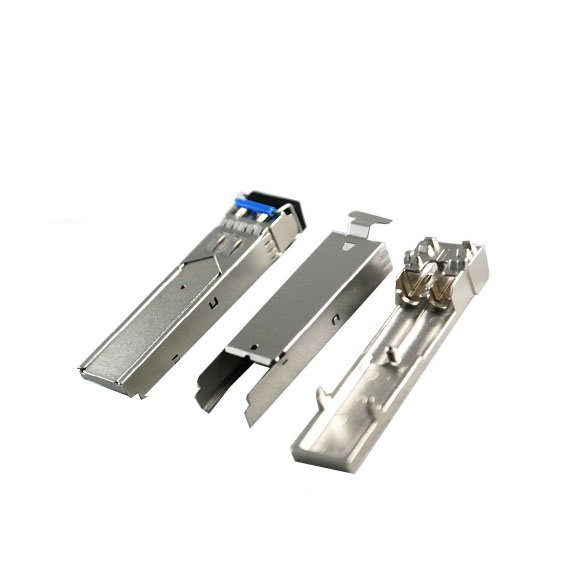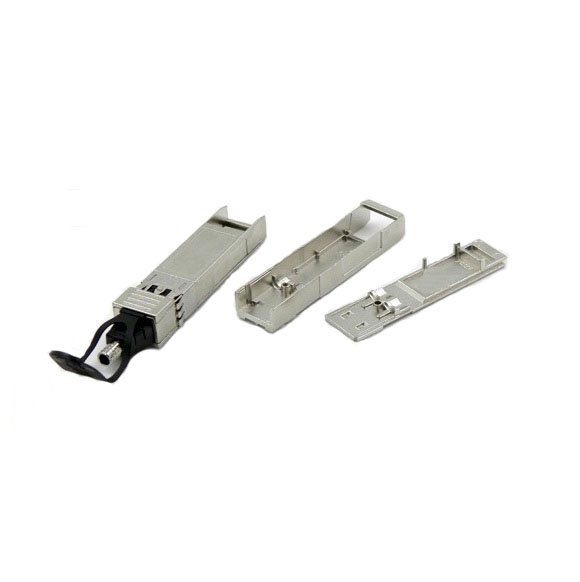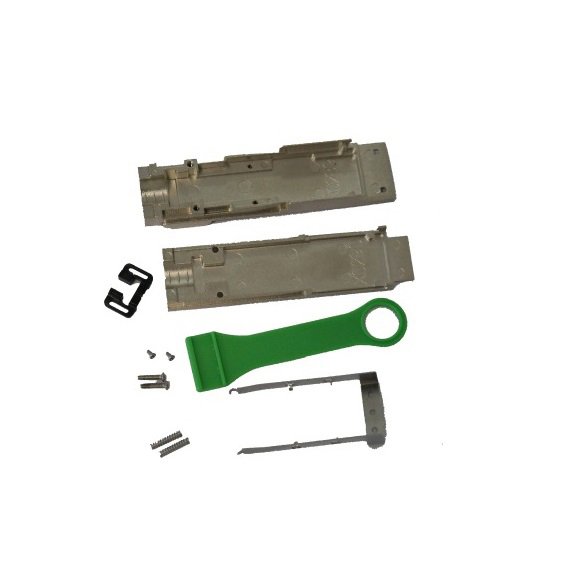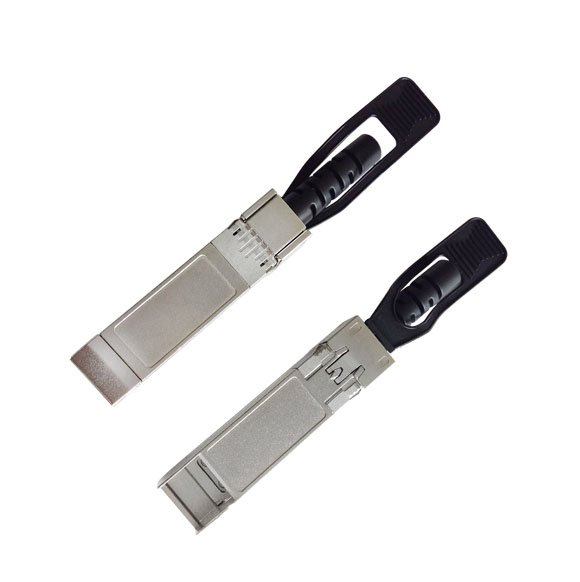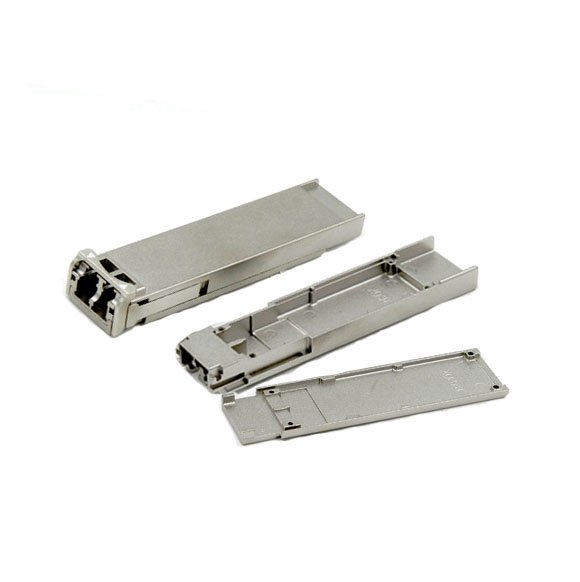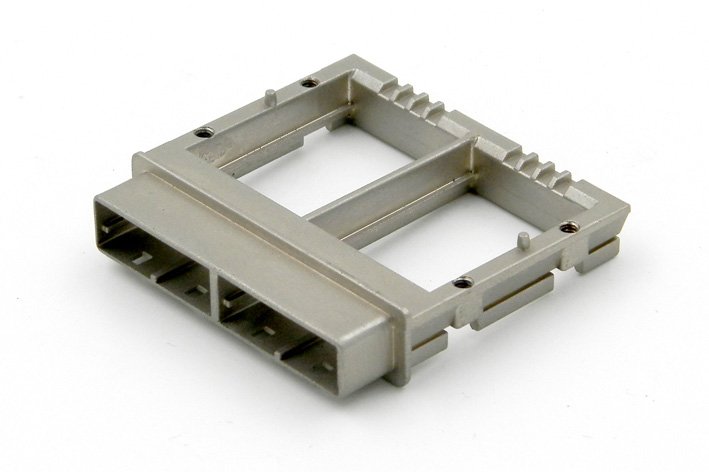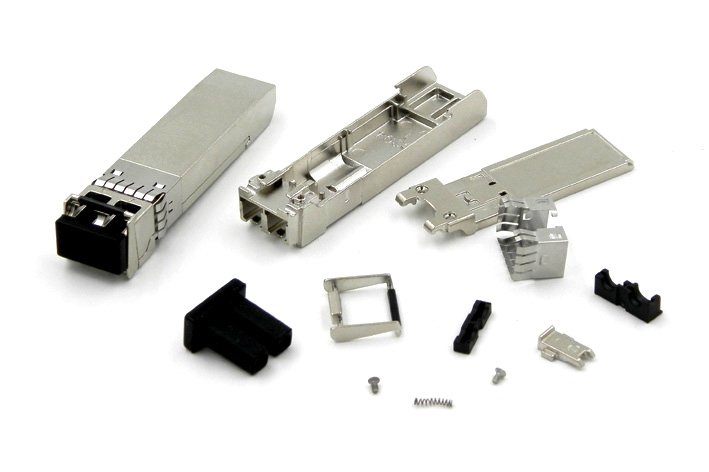When it comes to manufacturing high-quality and precise components, precision die casting is a widely used technique. One such component that benefits from this process is the SFP (Small Form-Factor Pluggable) housing.
Optical modules and housings are employed in smart grid applications for reliable communication between various components in the energy grid.
In all these applications, the optical module housing serves to protect the delicate optical components from environmental factors such as dust, moisture, and physical damage, ensuring the longevity and reliability of the optical communication systems.
The SFP housing is a crucial part of optical transceiver modules used in data communication applications. It provides the mechanical structure and protection for the internal electronic components. Precision die casting ensures that the transceiver housing is manufactured with the utmost accuracy and consistency.
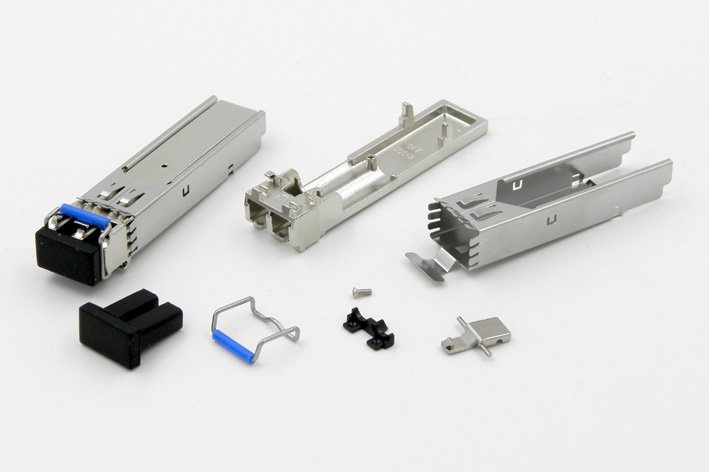
During the precision die casting process, molten metal, typically aluminum or zinc, is injected into a steel mold under high pressure. This allows for the creation of complex shapes and intricate details with tight tolerances. The result is a durable and precise SFP housing that meets the required specifications.
One of the key advantages of precision die casting for SFP housing is its cost-effectiveness. The high production rate and minimal material waste make it an efficient manufacturing method. Additionally, the use of lightweight materials like aluminum helps reduce overall weight and cost.
The precision die casting process also ensures excellent dimensional stability and surface finish for the SFP housing. This is crucial for maintaining the optical performance of the transceiver module. The precise alignment of the internal components within the housing is essential for reliable data transmission.
Furthermore, precision die casting allows for the integration of additional features and customization options. This includes the incorporation of heat sinks, mounting brackets, and various surface treatments to enhance the functionality and aesthetics of the SFP housing.
In conclusion, precision die casting plays a vital role in the manufacturing of SFP housing. Its ability to produce precise, durable, and cost-effective components makes it the preferred choice for the production of SFP housings used in data communication applications.

